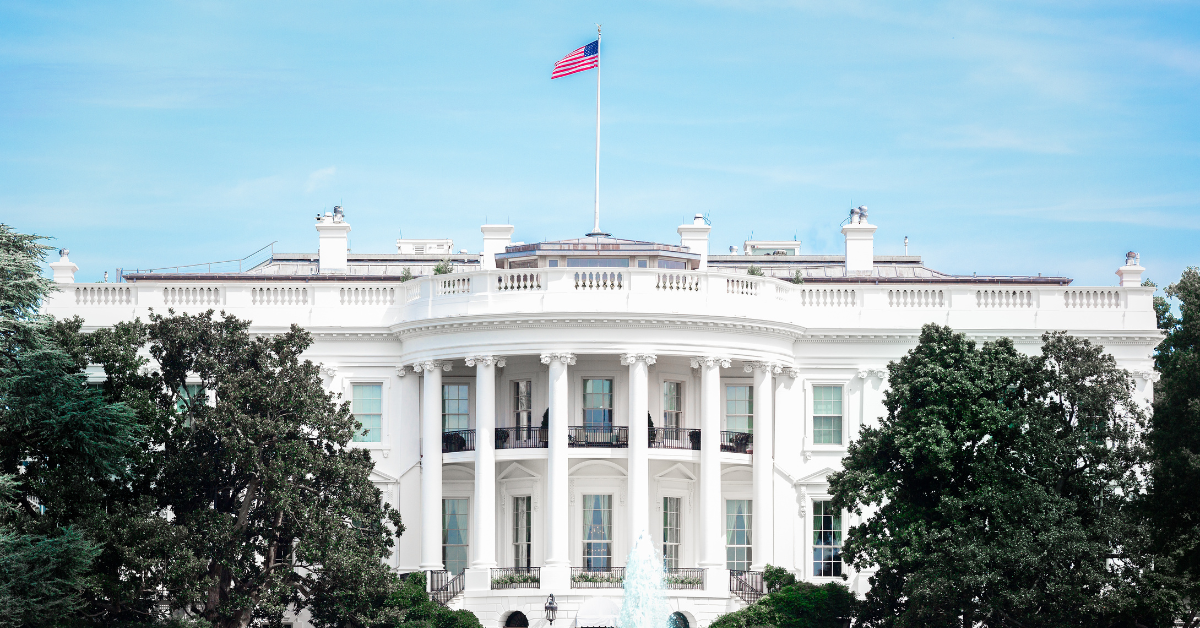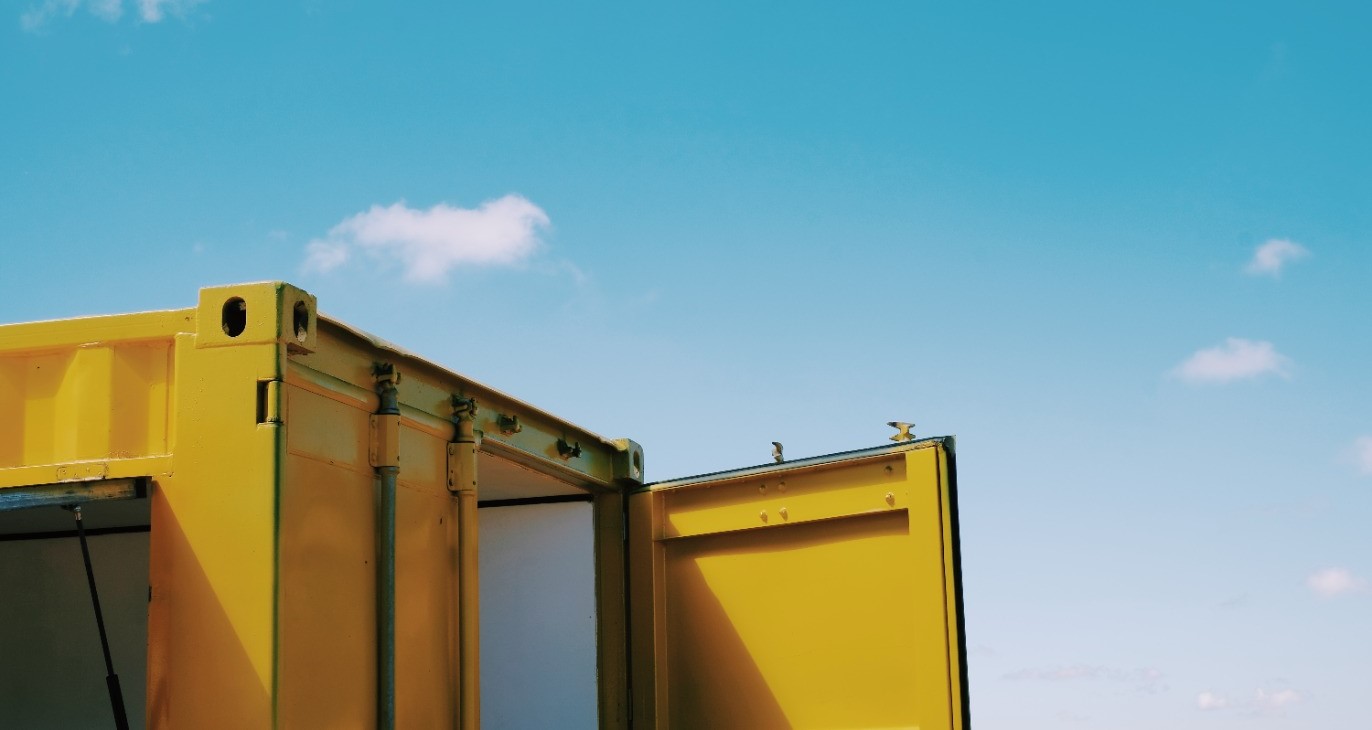New Tariffs on Goods of Canada, Mexico, and China Begin February 4
3 February 2025 04 MINS. Read USA

On February 1, 2025, the White House released a Fact Sheet stating President Trump is implementing tariffs on goods of Canada, Mexico and China. Later the same day, President Trump signed Executive Order Imposing Duties to Address the Flow of Illicit Drugs Across Our Northern Border on goods of Canadian origin.
Effective February 4, 2025, Canadian and Mexican goods will face additional tariffs of 25%, while Chinese goods will be subject to an additional 10%. One exception will be for energy resources from Canada, which will be subject to a lower duty percentage of 10%. The tariff actions are in response to the “extraordinary threat posed by illegal aliens and drugs, including deadly fentanyl,” and are being carried out by use of the International Emergency Economic Powers Act (IEEPA).
As of 9 pm CT on February 2, 2025, the Executive Orders for goods from Mexico and China and the Federal Register notices that will include the details for all three tariff actions have yet to be released.
What We Know
Goods Made in Canada
The Executive Order (EO) on Canadian goods provides a solid outline of the details that can be expected in the upcoming Federal Register notice. Here’s a summary:
- Tariffs are effective at 12:01 am ET on February 4, 2025, for goods entered for consumption or withdrawn from warehouse for consumption.
- In-Transit Exception: If goods were loaded before 12:01 am on February 1, 2025, onto a vessel at the port of loading or in transit on the final mode of transport prior to entry into the U.S., they shall not be subject to such additional duty only if the importer certifies to CBP as [will] be specified in the Federal Register notice.
- 25% additional duty applies to all goods that are products of Canada except for energy resources.
- Energy or energy resources will face an additional 10% duty rate.
- Tariffs are in addition to any other duties, fees, exactions, or charges applicable to such imported articles.
- De Minimis entry will no longer be an option for shipments of low-valued Canadian goods.
The EO includes a clause in the case Canada retaliates: “The President may increase or expand in scope the duties imposed under this order to ensure the efficacy of this action.” On February 1, 2025, Canada announced 25% tariffs on an extensive list of U.S. goods that will also go into effect on February 4 and remain in place as long as the U.S. tariffs remain on Canadian goods.
Actions Importers Should Take
De Minimis Shipments
An exceptional amount of low-value and small package shipments to the U.S. use a De Minimis type clearance, often with little importer involvement. You will need a Customs Broker like NNR Global Logistics to clear these shipments. Communicate with your transportation providers and suppliers so that documents are turned over to your broker seamlessly.
Customs Bonds
Continuous bonds can quickly max out with extensive additional duties and catch importers off guard. Be proactive by evaluating your goods and new annual duty outlay, including shipments previously cleared under De Minimis. USMCA-eligible goods should also be included, as these goods will be subject to the additional tariffs.
Evaluate ‘in transit’ shipments
Check shipments that are already en route. They will qualify for an exemption from the additional tariffs if they are within the in-transit definition. Be prepared to provide the necessary certification in proper form (TBA) to your customs broker. Retain supporting documentation for your records. Details on the certification will be issued in the Federal Register notice.
Paying Duties, Taxes, and Fees to U.S. Customs
For importers paying duties, taxes, and fees through their customs broker, evaluate if it is time to pay Customs directly through the Customs’ Importer ACH Debit program. More duties and taxes could quickly eat away at your credit limit.
What’s Next?
Federal Register notices will soon be published with additional details for the three tariff actions. Harmonized Tariff Schedule of the United States (HTSUS) will be listed, along with specifications for ‘in- transit’ exemption certification. Next, U.S. Customs and Border Protection will implement programming and provide instructions for entry filings subject to the additional tariffs.
The necessary programming will likely not be in place for the February 4 effective date. In that case, an entry correction may be required to add additional duties and necessary certifications for exemptions. Our teams will be communicating with affected Importers.
We will continue to update you as information becomes available.

